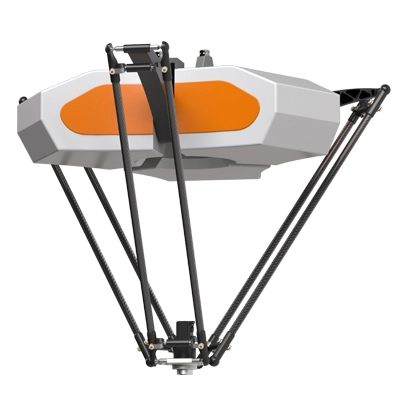In today's manufacturing world, industrial robots are becoming more and more relevant. These robots, with their high precision and reliability, can do tasks that are beyond the capabilities of human workers. The efficiency of industrial robots can be attributed to their control systems and programming. In this blog post, we will discuss how industrial robot control systems are programmed and maintained, so you can better understand their importance in the manufacturing industry.
Programming Industrial Robot Control Systems
Programming modern industrial robots control systems involves developing a set of instructions that enable the robot to move, manipulate, and perform tasks as required. This process involves several steps, including planning the sequence of tasks to be performed, programming the robot's motions and actions, and testing and fine-tuning the system.
The programming process begins with determining what specific tasks the robot is intended to perform. These tasks are typically broken down into smaller, more manageable units, making it easier to program the robot's movements. Once the tasks are defined, the robot's movements and actions can be programmed using specific programming languages that the manufacturer provides.
One of the most popular programming languages used in industrial robotic control systems is the Robot Operating System (ROS). This open-source software suite provides the developer with a wide range of libraries and tools to assist in programming and implementing the robot's actions.
Maintaining Industrial Robot Control Systems
Developed by professional industrial robot supplier, Industrial robots are designed to operate continuously for long periods without requiring maintenance or repair. However, just like any other machinery, robots do require periodic maintenance to ensure that they continue to function correctly and efficiently.
The maintenance process for industrial robot control systems begins with regular checks of critical components such as motors, belts, and bearings. The goal is to identify any potential issues before they become significant problems. It is also vital to check the robot's programming and control systems to confirm that they are functioning correctly and efficiently.
If a malfunction or issue is detected, the robot may require repair or replacement of specific components. In such instances, it is essential to seek professional assistance from qualified technicians who are skilled in industrial robot control systems.
Industrial robot control systems are an essential part of the manufacturing process. They allow industrial robots to perform tasks with a high level of precision and efficiency, making them highly effective in many industries. Programming and maintenance of industrial robot control systems require a high level of expertise, which is why it is crucial to seek assistance from qualified professionals when necessary.
 Learn More
Learn More 
 EN
EN  ja
ja  ko
ko  fr
fr  de
de  es
es  ru
ru  pt
pt  ar
ar  vi
vi  ur
ur 





